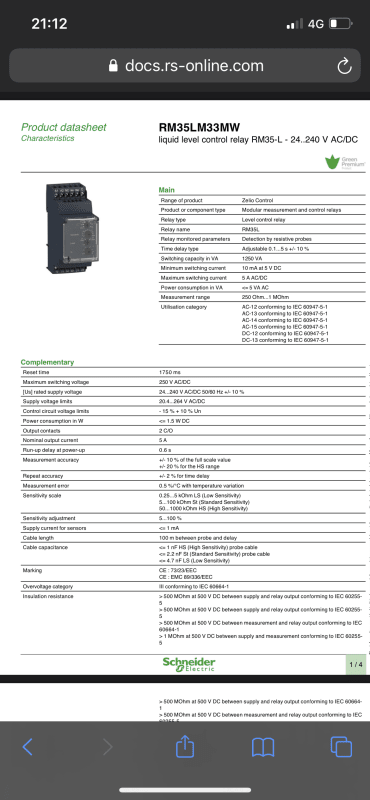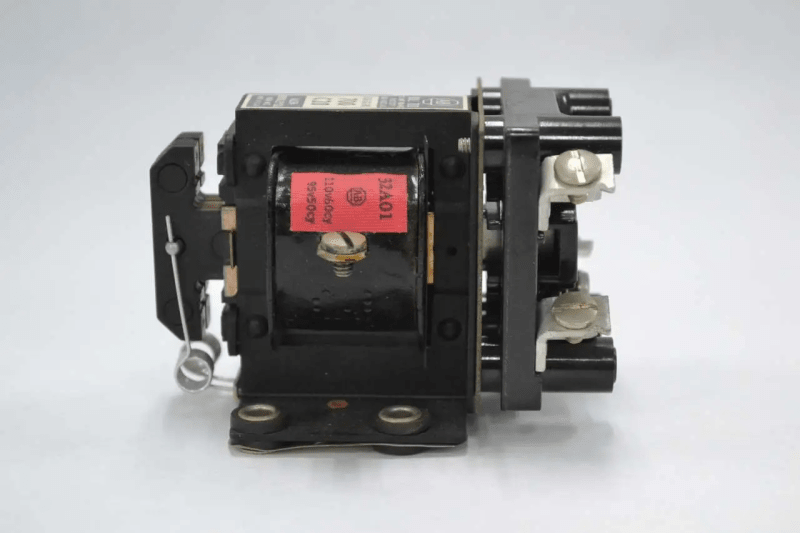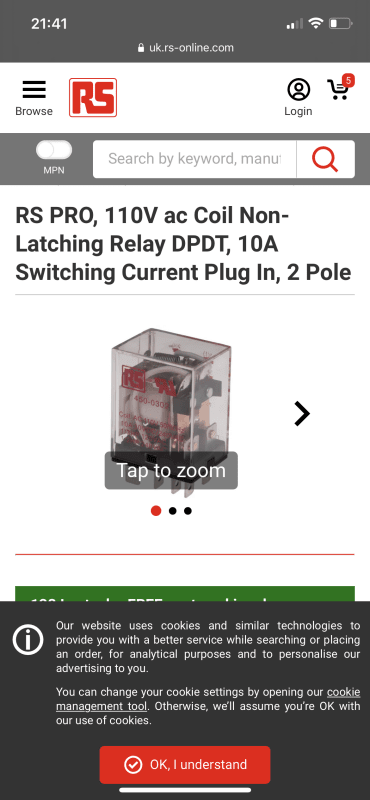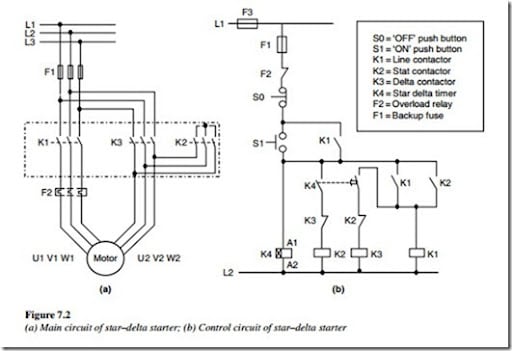Jk1996
Electrical
- Mar 14, 2021
- 70
I have a question on inductors I’m trying to get my head round. I have a rough understanding how they work as the current through the coil produces a magnetic field and it’s the back EMF that limits the current through the inductor. I also understand with motors when you get a locked rotor the current draw goes up due to the back EMF not limiting the current. But my question is when it’s just an inductor such as a relay coil can these ever cause a similar overload to what we’d get with an induction motor when it has locked rotor?
The reason why I ask is I have seen relay contacts with the current of the contacts stated a 3amp inductive and 8amp resistive which then again got me thinking as the relay was bringing on one relay but is only being backed up by a 6amp fuse so my thinking was if it could overload the contacts would melt before the fuse?
Thanks for your help in advance guys!
The reason why I ask is I have seen relay contacts with the current of the contacts stated a 3amp inductive and 8amp resistive which then again got me thinking as the relay was bringing on one relay but is only being backed up by a 6amp fuse so my thinking was if it could overload the contacts would melt before the fuse?
Thanks for your help in advance guys!




